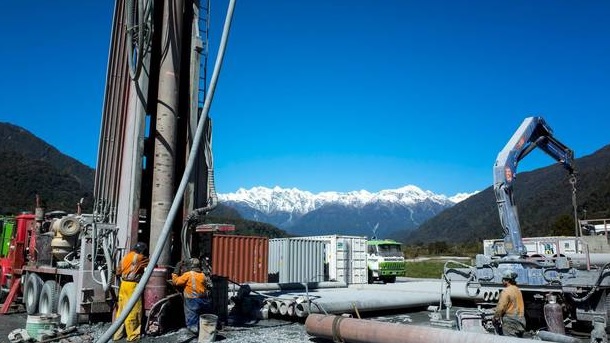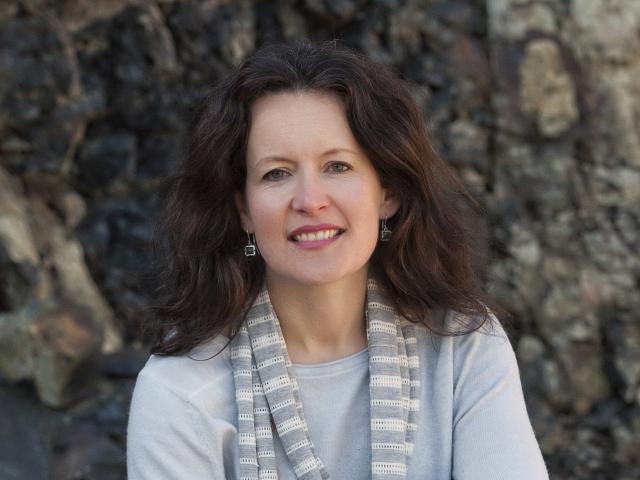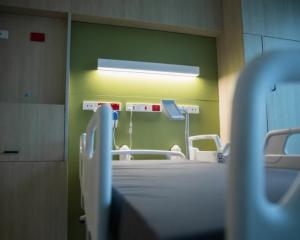
Research fellow Dr Caroline Orchiston worked alongside all of the Emergency Management Groups in the South Island to develop a number of different scenarios along the Alpine Fault, titled Project AF8 or Alpine Fault Magnitude 8, Stuff reports.

Dr Orchiston addressed a public meeting in Blenheim with the group's findings earlier today and said regardless of the quake's epicentre, Marlborough was facing a strong magnitude 6 or 7 quake when the Alpine Fault gives way.
"The Alpine Fault is a spectacular fault, it's more than 800km long at its full extent.
"The intensity of course depends on the type of ground you're standing on and how far away you are from the Alpine Fault.
"For those of you who felt the earthquake in Kaikōura, those many minutes of shaking, this [the Alpine Fault earthquake] will feel similar for you in Marlborough," Dr Orchiston said.
She said Kiwis needed to be concerned about the inevitable quake, as it will likely "happen in the lifetime of many New Zealanders".
The entire South Island should feel at least a magnitude 4 or 5 quake, however, most dangers would not appear until after the Alpine Fault earthquake.
Dr Orchiston said "earthquakes are just the start of a process that goes on for many years, decades after a big earthquake of this scale.
"We call those long-term issues secondary hazards and these hazards can be more extreme than the earthquake itself."
Liquefaction of buildings in Christchurch after the 2011 and the Boxing Day tsunami in 2004 are examples of secondary hazards triggered by earthquakes.
GNS Science earthquake geologist Russ van Dissen also talked about the tsunami risk after the potentially devastating Alpine Fault earthquake, Stuff reports.
"I don't think the Alpine Fault will cause uplift in Marlborough; the land going up like it did in the Kaikōura earthquake.
"The tsunami, in the Alpine Fault case, might be [caused by] submarine landslides being generated off the West Coast, and it will impact the West Coast.
"Marlborough has, tsunami-wise, more to be concerned about from the Hikurangi Trench off the east coast of the North Island, which poses quite a threat," van Dissen said.












